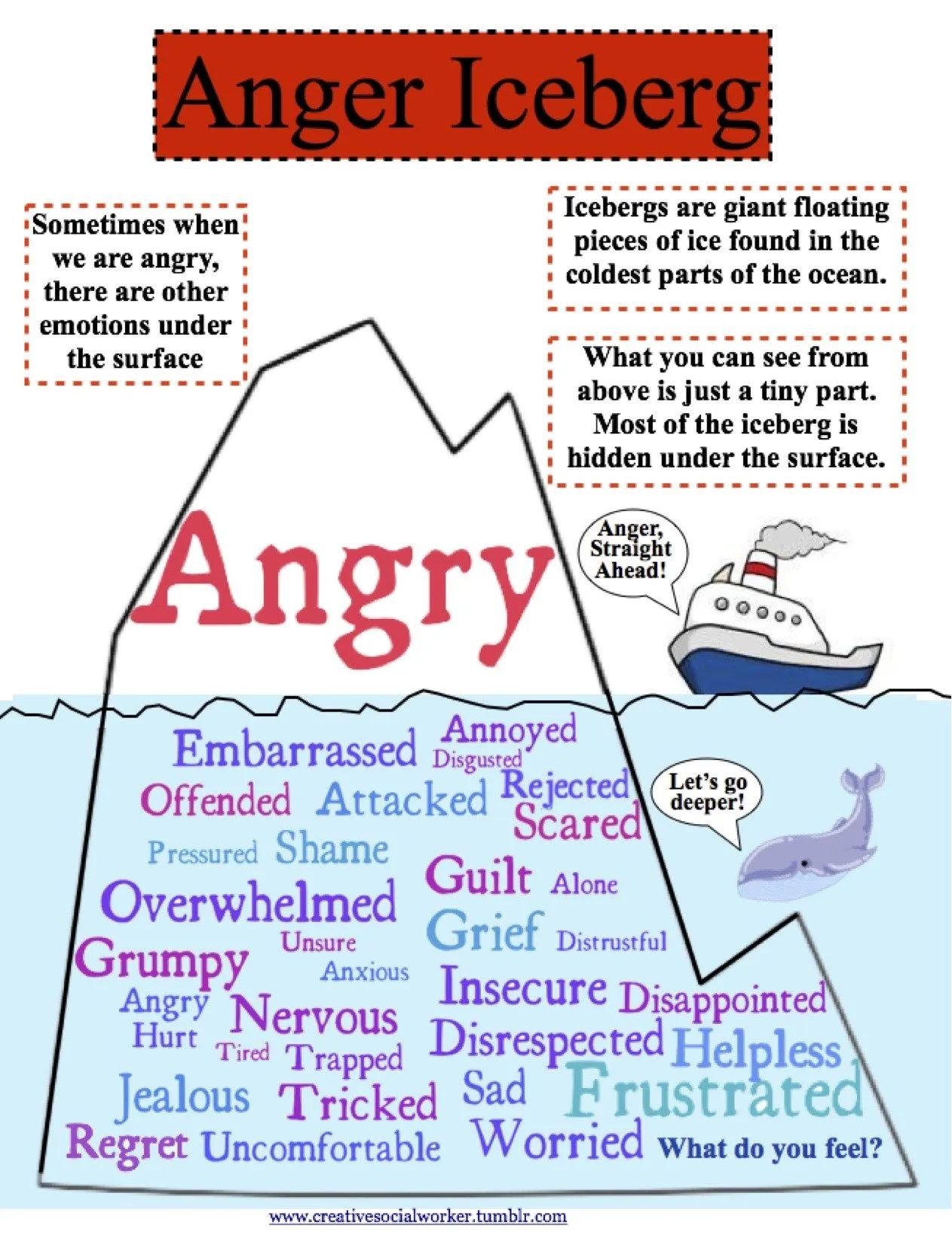How Perfectionism, Rage, and Addiction Mask Our Deepest Shame
Teen Moms Anonymous / Published May 24, 2025
Toxic shame is a silent epidemic affecting countless teen mothers and their children. In part three of our series "Healing the Shame That Binds You," Dr. Chris explores the concept of "acting shameless" – a protective mechanism we unconsciously employ to shield ourselves from the unbearable pain of toxic shame.
This third layer of protection manifests in various behaviors that serve dual purposes: they alter our painful feelings of shame and transfer our toxic shame to others—what transactional theorists call "passing the hot potato." These behaviors become addictive precisely because they're mood-altering.
In this third episode, Dr. Chris focuses on three primary manifestations: perfectionism, anger/rage, and compulsive/addictive behaviors.
Perfectionism
Perfectionism emerges when someone has no sense of healthy shame—no boundaries, no limits. The perfectionist never knows "how much is good enough" because perfectionism is learned when one is valued only for doing, not for being.
This performance-based value system creates a superhuman standard against which one is constantly measured, leading to the inevitable conclusion that one is "never good enough."
In such dysfunctional environments, children aren't loved for who they are but for what they achieve. Multiple systems reinforce this perfectionism: the school system, the religious system, and the culture system. All contribute to the message that worth is tied to performance.
Many teen mothers interviewed for the award-winning book, Helping Teen Moms Graduate exhibited perfectionism as their defense mechanism, focusing intensely on "proving naysayers wrong."
This external focus on disproving others' negative judgments is a classic example of transferring shame outward. While graduating and pursuing education are important goals, when driven by perfectionism, the energy remains focused outside oneself, perpetuating the cycle of shame rather than healing it.
Rage
Rage represents perhaps the most naturally occurring cover-up for toxic shame. Like the tip of an iceberg, visible rage conceals a massive foundation of hurt, humiliation, shame, and frustration beneath the surface.
Children who experience shame in their family systems—through shame-based parenting, abandonment, or exposure to abuse—often develop rage as a mood-altering strategy when they can't process or express their painful shame directly.
The solution involves both shame-based parents healing their own toxic shame and creating non-shaming, intimate networks where children can safely bring their shame out of hiding.

Compulsive/Addictive Behaviors
Compulsive and addictive behaviors constitute the third major protective response to toxic shame. Beyond the commonly recognized substance addictions (alcohol, drugs), Bradshaw identifies numerous addictive patterns including eating disorders, feeling addictions (rage, sadness, fear), thought addictions, and activity addictions. The common thread is that these behaviors serve as mood-altering mechanisms to escape the unbearable pain of toxic shame.
The path to healing requires bringing shame out of hiding. As long as our shame remains concealed, we cannot address it. Healing happens best in non-shaming, intimate networks where we can connect with others who share similar experiences—spaces like Teen Moms Anonymous support groups, which provide safe communities for teen mothers and adult women who were teen moms, especially survivors of violence and abuse.
By creating these healing spaces, we not only support current teen mothers but also hope to interrupt the multi-generational cycle of toxic shame.
Future Teen Moms Anonymous programs aim to offer support groups specifically for children of teen moms who develop toxic shame through the three primary dynamics: growing up with a shame-based parent (often mothers), being abandoned (often by fathers), and experiencing repeated shaming events like sexual or physical abuse-the two most shaming forms of abuse.
When we heal our toxic shame by bringing it into the light of compassionate community, we break destructive generational patterns and create new possibilities for emotional health—not just for ourselves, but for our children and generations to come. The journey begins with acknowledging that we all experience toxic shame, and that healing starts when we stop hiding.
Episode 6: How Perfectionism, Rage, and Addiction Mask Our Deepest Shame
